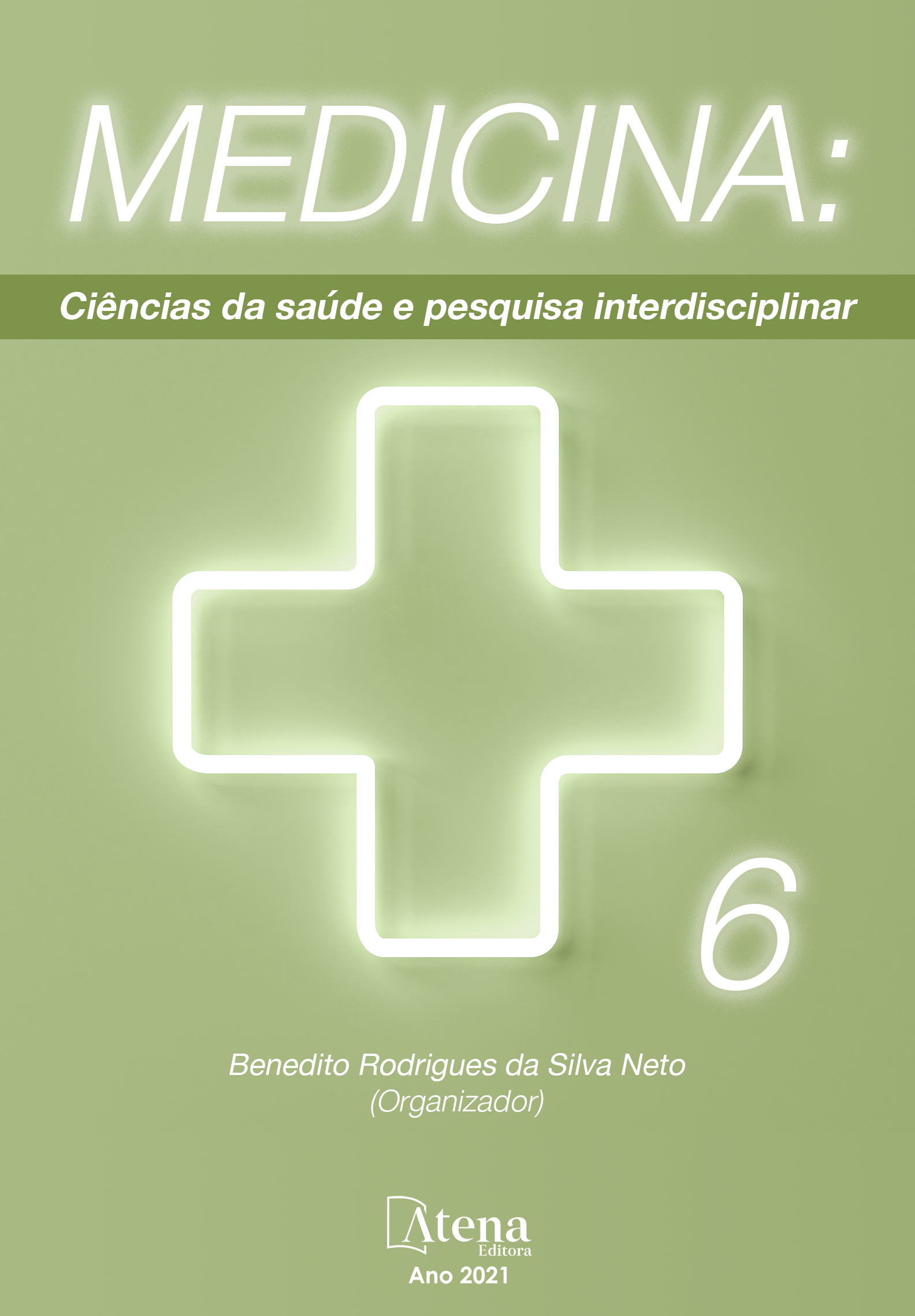
O IMPACTO DA INTERVENÇÃO DIAGNÓSTICA PRECOCE EM CRIANÇAS COM TRANSTORNO DO ESPECTRO AUTISTA
Introdução: O Transtorno do Espectro do Autismo (TEA) se trata de um distúrbio complexo e geneticamente heterogêneo, que na maioria dos casos é consistentemente identificado apenas em idade escolar. O reconhecimento da sintomatologia manifestada pela criança com autismo é fundamental para a obtenção do diagnóstico precoce e consequente manejo, visto que a intervenção precoce antes dos dois anos de idade está associada a ganhos significativos no funcionamento cognitivo e adaptativo da criança, por coincidir com um período do desenvolvimento em que o cérebro é altamente plástico e maleável. Objetivo: Identificar a relevância da realização do diagnóstico precoce do TEA para a qualidade de vida do paciente. Métodos: Revisão integrativa com busca realizada nas bases de dados de referência, Publisher Medicine (PubMed), Scientific Electronic Library Online (SciELO) e Literatura Latina Americana e do Caribe em Ciências da Saúde (LILACS) utilizando os descritores em ciências da saúde (DeCS): Transtorno do Espectro Autista, Autismo, Autism Spectrum Disorder junto ao booleano “and” diagnóstico e diagnosis. Resultados: Através dos resultados pode-se evidenciar a importância de descobrir os sinais precoces no TEA, sendo o DSM-V um meio de avaliar os critérios diagnósticos. Os sintomas que podem ser expressos são variáveis, geralmente começando antes dos três anos de idade. Os resultados elucidam a validade de utilizar diagnósticos restritos para o autismo, em contrapartida de métodos amplos para rastreamento do espectro. Diagnóstico e tratamento precoce de disfunções pediátricas são essenciais para a evolução clínica da criança, pois a viabiliza e alcança resultados positivos em nível físico, funcional, mental e social. Conclusão: Não existe uma abordagem única que seja eficaz para todas as crianças. o conhecimento e a intervenção multiprofissional facilitam a identificação inicial das características do TEA, possibilitando a oferta de melhores oportunidades de uma qualidade de vida para a criança e familiares envolvidos.
O IMPACTO DA INTERVENÇÃO DIAGNÓSTICA PRECOCE EM CRIANÇAS COM TRANSTORNO DO ESPECTRO AUTISTA
-
DOI: 10.22533/at.ed.66221100914
-
Palavras-chave: Transtorno do Espectro Autista, Diagnóstico Precoce, Criança, Psiquiatria Infantil.
-
Keywords: Autism Spectrum Disorder, Early Diagnosis, Child, Child Psychiatry.
-
Abstract:
Introduction: The Autism Spectrum Disorder (ASD) is a complex and genetically heterogeneous disorder, which in most cases is consistently identified only at school age. The acknowledgment of the symptoms manifested by the child with autism is essential to obtain an early diagnosis and consequent handling, since early intervention before the age of two is associated with significant gains in the child's cognitive and adaptive functioning, as it coincides with a period of development in which the brain is highly plastic and malleable. Objectives: Identify the relevance of an early diagnosis of ASD for the patient's quality of life. Method: Integrative review with search performed in the reference databases, Publisher Medicine (PubMed), Scientific Electronic Library Online (SciELO) and Latin American & Caribbean Health Sciences Literature (LILACS) using the Health Sciences Descriptors (DeCS): Transtorno do Espectro Autista, Autismo, Autism Spectrum Disorder with the booleano "and" diagnóstico e diagnosis. Results: Through the results, it is possible to highlight the importance of discovering the early signs in the ASD, being the DSM-V a means of evaluating the diagnostic criteria. The symptoms that may be expressed are variable, usually beginning before the age of three. The results elucidate the validity of using restricted diagnoses for autism, in contrast to extensive methods for spectrum tracking. Early diagnosis and treatment of pediatric dysfunctions are essential for the child's clinical evolution, as it enables and achieves positive results on a physical, functional, mental and social level. Conclusion: There is no single approach that is effective for all children. The knowledge and the multi professional intervention facilitate the initial identification of the characteristics of the ASD, enabling the offer of better opportunities for a quality of life for the child and family involved.
-
Número de páginas: 10
- Maria Eduarda Granucci Spolador
- Felipe Ganzert Oliveira
- João Ronaldo Bridi Scariot
- Gabriela Etzel Gomes de Sá
- Ana Carolina Bernard Veiga
- Luana Cristina Fett Pugsley
- Eduarda de Oliveira Dalmina
- Carolina Arissa Tsutida
- Isabeli Lopes Kruk
- Evelyn Mates Bueno
- Leonardo Cordeiro Moura
- André Luiz Fonseca Dias Paes


